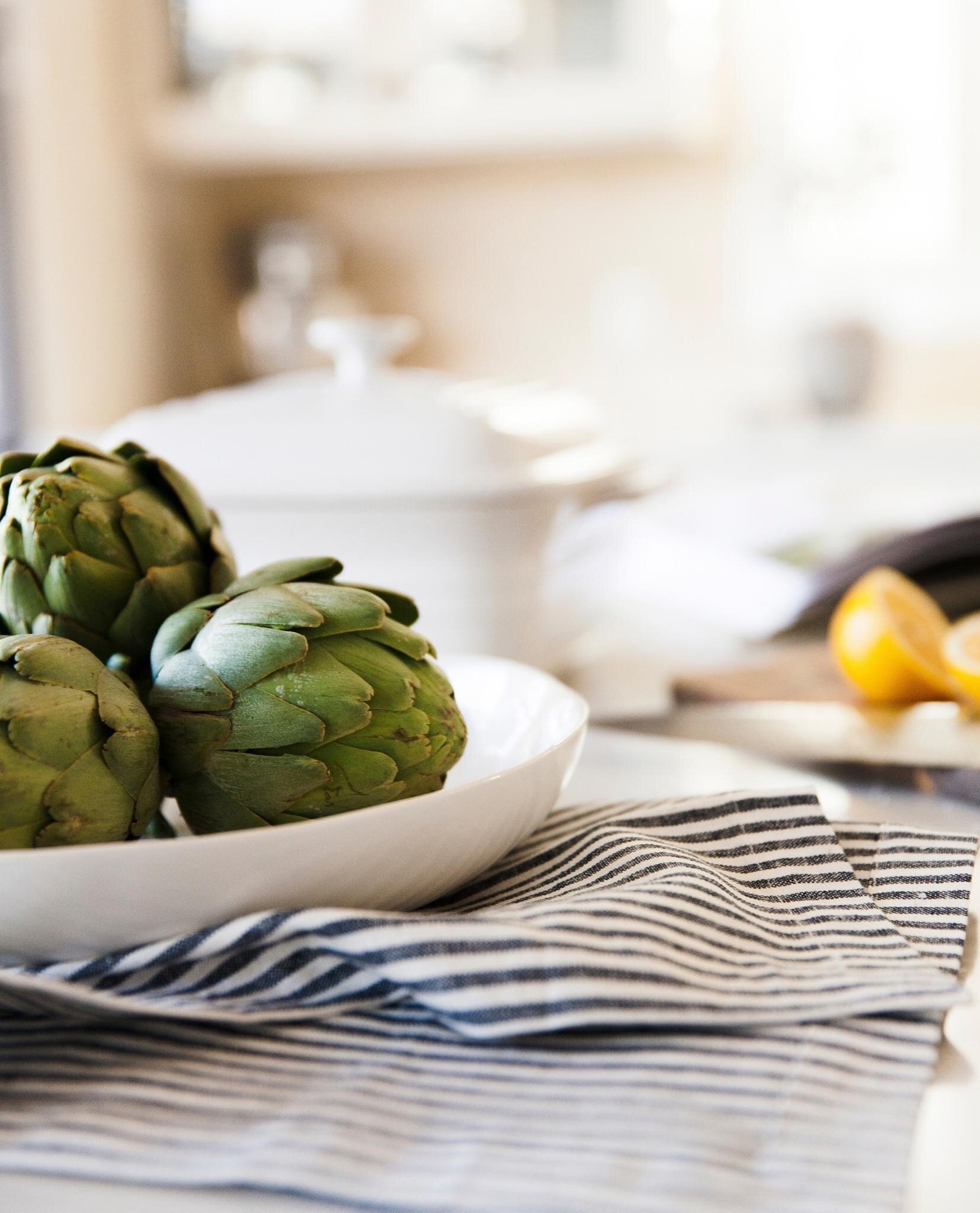Introducing The Spoken Bride Community! | Our New Platform for Dialogue, Prayer & Relationship.
/
Spoken Bride’s mission is rooted in a culture of encounter: the power of dialogue, goodness, truth, beauty, and holy marriages to draw others into the loving heart of our Creator.
Earlier this year when we felt a nudge to forge deeper personal connections--true encounter--among our brides, team members, and vendors, we set out to find the best way of doing that.
We are proud to introduce The Spoken Bride Community, launching January 4.
The Spoken Bride Community is a feed-style app we designed to be different from any other feed out there, with greater depth and a leap from screens to real life: one that invites pause over more scrolling, conversation over surface-level comments, rest over restlessness.
We created The Spoken Bride Community to bring you together with other Catholic women who are joyfully pursuing the vocation to marriage, through:
Exclusive prayer events
Conversation prompts
Wedding & marriage education from our team’s experts
Virtual small groups tailored to your location and season of your vocation
You’re invited.
How do I join The Spoken Bride Community?
The Spoken Bride Community runs through the Mighty Networks app, available in your phone’s app store or accessible here from your desktop. Download the app and create a username and password. On January 4, log in and, when prompted, search for Spoken Bride and request to join.
How is The Spoken Bride Community different from your blog, Instagram, or Facebook?
Spoken Bride’s blog and social media are impactful platforms for sharing the spiritual and practical content we create for brides-to-be and newlyweds, highlighting Catholic wedding vendors, and showcasing real couples’ divinely written love stories. We love seeing you share our content and tag your friends, trusting that the Holy Spirit speak to our brides the words they most need to hear.
For all these strengths, though, do you ever find yourself wishing social media allowed for...more? More genuine dialogue and meaningful encouragement. More long conversations. More opportunities for real-life friendships. With The Spoken Bride Community, our goal is to meet these needs, offering daily opportunities to share your opinions, intentions, questions, and experiences through conversation and prayer. We can’t wait to join you in your vocation through monthly prayer events, Ask Me Anythings, planning education, and more.
Is it free?
The Spoken Bride Community will be a paid membership platform. For about the monthly cost of two small (or one large!) coffees, you’ll have access to this group of women--brides-to-be, newlyweds, wedding industry pros, and members of the Spoken Bride team--committed to living out their call to marriage with all its realness and supporting one another as sisters in Christ.
It’s our goal that our offerings through the Community, along with your involvement and input, will be fruitful and valuable; a daily investment in your marriage and spiritual life.
What about my fiancé or husband?
We’re eager to highlight both the feminine genius and the gift of authentic masculinity through the topics we’ll share in The Spoken Bride Community. Those of us on the team who are engaged or married can’t wait to have our beloveds join in on prayer events and share on the wedding planning process from the groom’s perspective!
We made this platform for you, and can’t wait for the contributions and fruits your unique voice will bring. See you there for honest conversation, authentic relationship, and prayerful support.






































